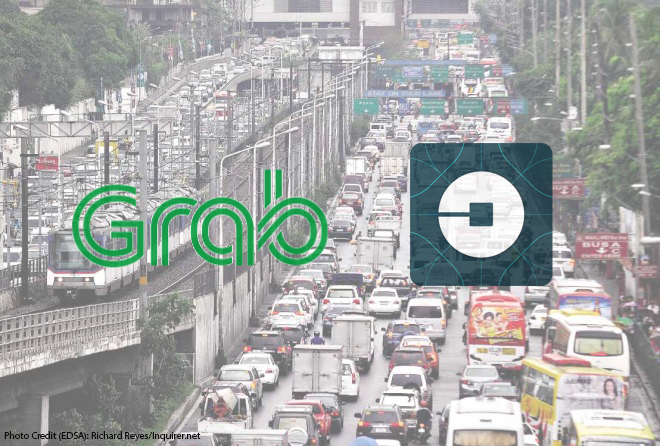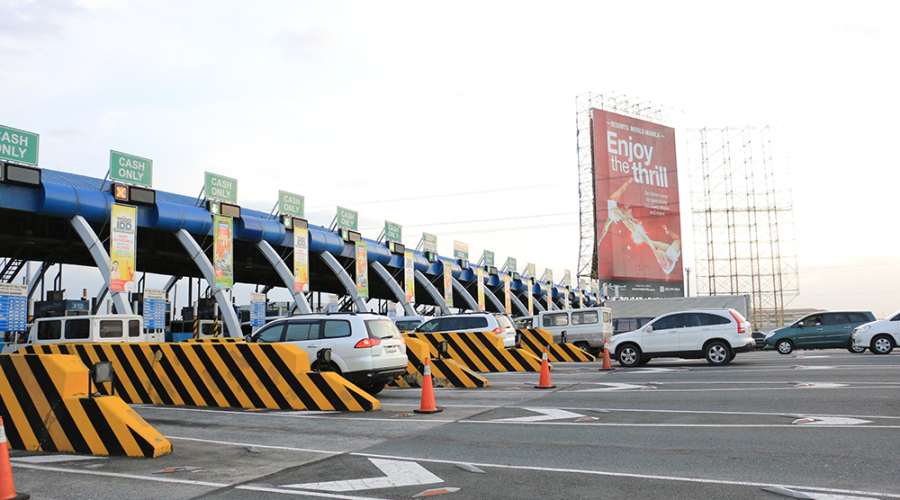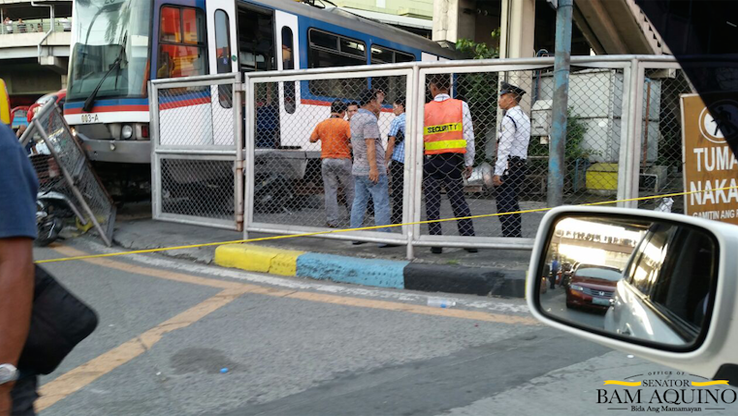Sen. Bam: Let’s work with rideshare companies, prioritize commuters
Sen. Bam Aquino called on the government to listen to the commuting public and to develop reasonable standards for online ride-sharing applications that promote easy and safe commuting.
“We need to provide the commuting public with better options and alternatives to improve their daily commuting experience. The government must work with rideshare companies that share this mission and develop suitable standards and requirements for them,” said Sen. Bam.
Last year, Sen. Bam submitted a measure promoting and encouraging new, affordable and safe transportation options for the commuting public, like Uber and Grab.
“In any industry, increased competition often leads to improved quality, improved service, and lower prices for consumers. For the commuting public, this is a change they have long clamored for,” said Sen. Bam in his Senate Bill No. 696 or the Rideshare Support Company Act.
In a memorandum circular (MC), the Department of Transportation and Communications (DOTC) has already recognized these innovations “as a driver for progress” and as one of the solutions to “help address the increasing demand for mobility spurred by rapid urbanization.”
“I urge the LTFRB to address this issue of penalties for rideshare companies,” said Sen. Bam. “Then we can focus on passing legislation to develop the industry and to ensure these new transport networks are held accountable for offenses.”
While the MC is significant milestone for the promotion of ride-sharing services in the country, Sen. Bam said legislation is needed to create and institutionalize an appropriate regulatory framework for this new type of service and to distinguish it from public transport services.
The proposed measure clarifies the regulations governing Transportation Network Companies, or Rideshare Support Companies (RSCs), as well as Rideshare Network Drivers and Vehicles.
Once approved, RSCs must obtain certificate of accreditation from LTFRB before getting an authority to onboard qualified Rideshare Network Driver (RND) after a thorough background check and submission of pertinent documents.
Qualified RNDs must also have a minimum P200,000 per passenger personal accident insurance by licensed Philippine insurer.





Recent Comments